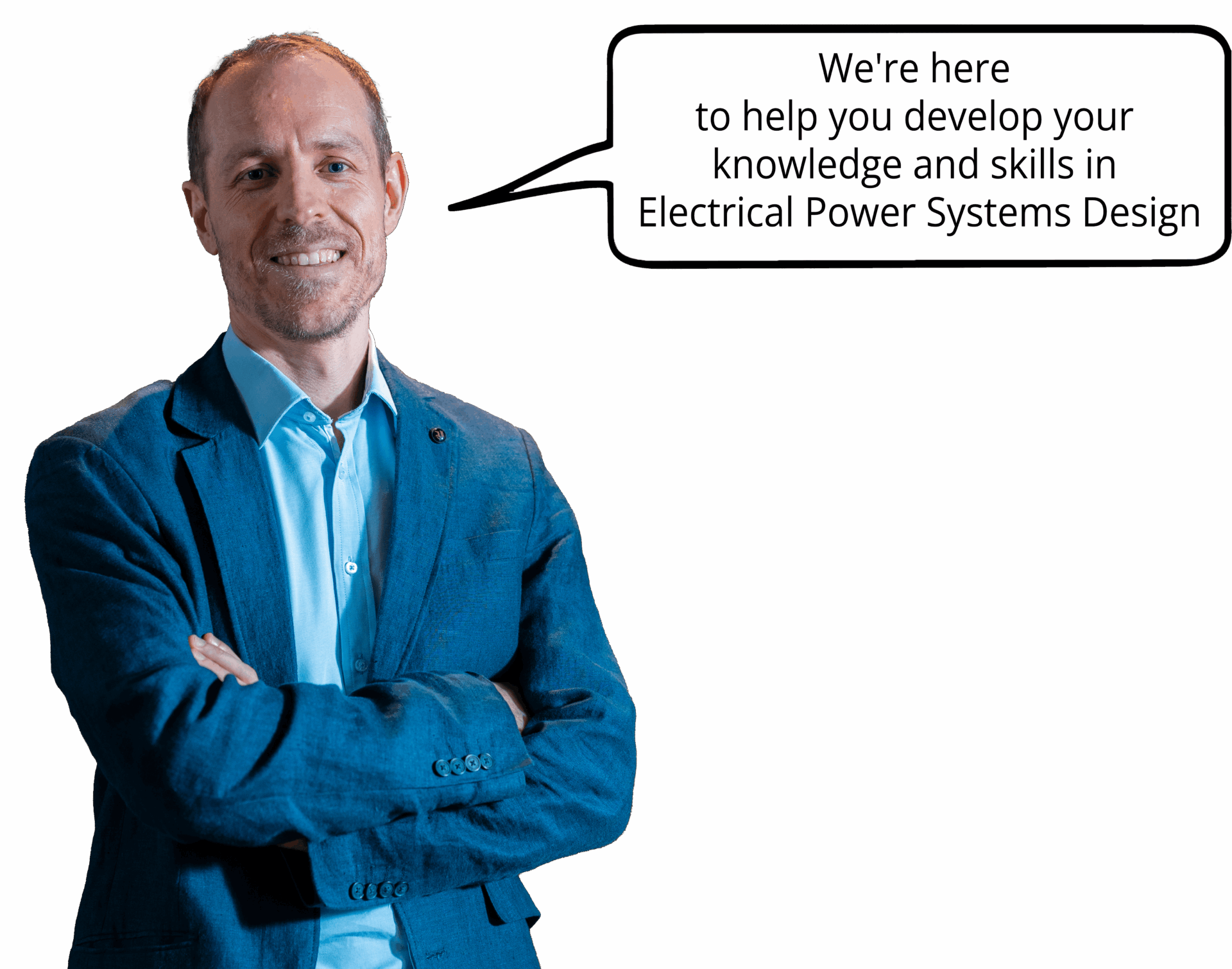0
Your Cart
0
No products in the cart.
Your Cart
Our experts continuously work on power systems problems, and we share solutions with Practical Reference Articles.
The main topics are earthing system modeling, power cable ratings, HV/LV electrical design, protective device coordination, and arc flash studies. We cover IEC and IEEE standards.
Join 23K+ engineers and get our latest technical articles direct to your inbox as they are released – Jayson Patrick
